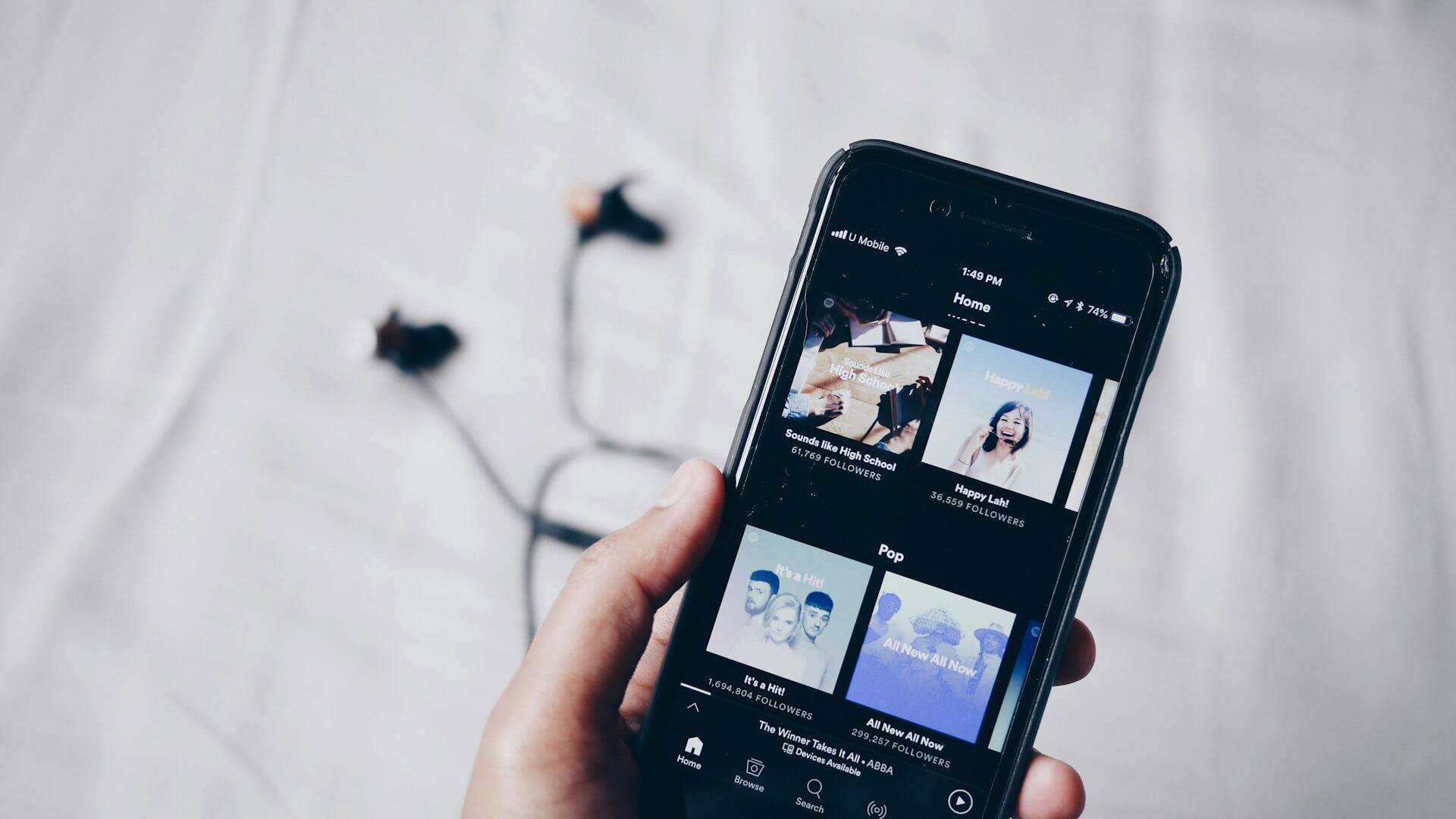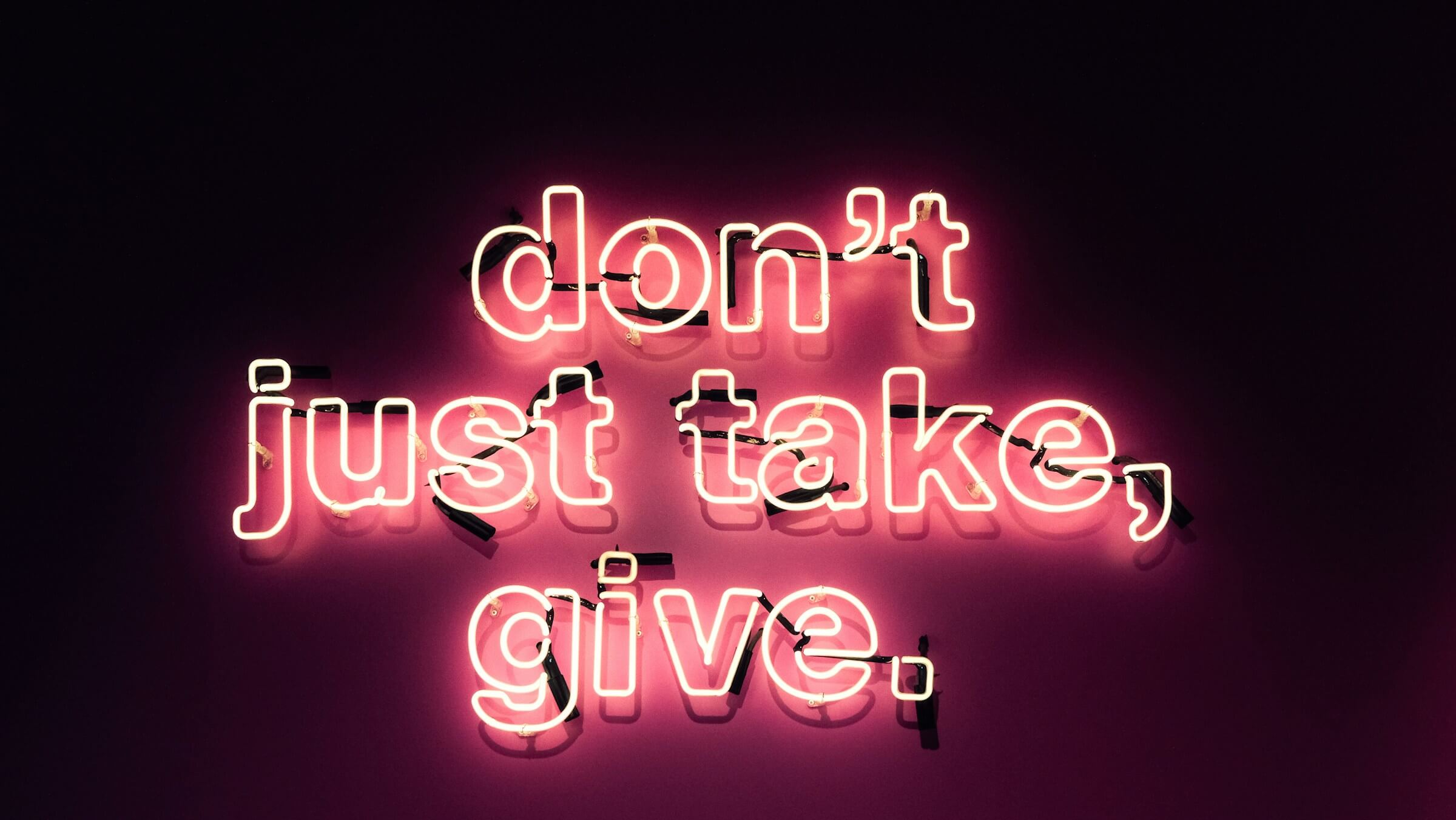When it comes to influencing consumer behavior, one of the most powerful psychological principles marketers can tap into is reciprocity.
In simple terms, reciprocity is the idea that when you give something to someone, they feel inclined to return the favour. It’s a deeply ingrained human behaviour that has been observed across cultures and societies.
So how does this psychological principle work in marketing, and how can brands leverage reciprocity to drive engagement, build loyalty, and ultimately increase conversions? Let’s break it down.
What Is the Reciprocity Principle?
At its core, the reciprocity principle is about social obligation. When someone does something nice for us, we often feel a strong urge to return the favour.
This principle is one of the key concepts in Robert Cialdini’s Influence: The Psychology of Persuasion, where he explains how reciprocity can be a potent tool in business and marketing.
It’s the reason why receiving a small, unexpected gift can make us more willing to do something in return, like purchasing a product or engaging with a brand.
One of the classic examples comes from supermarkets, where free samples are given to customers. Not only do they allow potential buyers to try the product, but they also subtly trigger a feeling of indebtedness, making customers more likely to purchase the product they just sampled. The act of giving creates a sense of obligation, even if it’s small.
Why Reciprocity Works in Marketing
Reciprocity works so well in marketing because it appeals to an inherent human desire for fairness. When a brand offers something of value – whether it’s a free product, insightful content, or exceptional customer service – it sparks a psychological need in the consumer to “repay” that value.
Here’s why reciprocity works:
Human Nature
People want to reciprocate good deeds. This simple behaviour is hardwired into us, and brands that give something for free often receive loyalty, purchases, or engagement in return.
Trust Building
Offering value before asking for anything in return helps build trust. People are more likely to engage with a brand that has given them something meaningful without immediately expecting a transaction.
Low-Pressure Engagement
Reciprocity allows marketers to foster engagement without the hard sell. By providing value first, brands can build a relationship with their audience before making any sales pitch, reducing the pressure on consumers and making the eventual ask feel more organic.
Practical Applications of Reciprocity in Marketing
Here are several ways brands can use the reciprocity principle to their advantage:
1. Free Resources and Content
One of the most common ways to use reciprocity is by offering free resources like eBooks, webinars, or guides in exchange for a prospect’s email or contact information.
For example, HubSpot is well-known for offering valuable free resources (like marketing templates and courses), which encourages users to eventually sign up for their premium services.
Practical Tip – Start by creating a high-quality lead magnet that genuinely helps your audience solve a problem. Offering value upfront builds goodwill and increases the chances that the recipient will engage with your brand later.
2. Free Trials
Offering free trials or freemium models is another popular application of reciprocity.
Brands like Spotify and Dropbox use this strategy by allowing users to experience their product for free, creating an urge to continue using the service after the trial period ends. Users often feel inclined to return the favour by subscribing to the full product.
Practical Tip – Make sure your trial or freemium offer provides enough value that users feel they’ve received something worthwhile, increasing the likelihood they will convert to a paid plan.

3. Gifts and Discounts
Discounts or special offers for new customers can also play into the reciprocity principle. For example, a clothing brand might send new subscribers a welcome email with a discount code. This initial act of generosity can make customers more likely to make their first purchase.
Practical Tip – Personalise your offers. Sending a birthday discount or a “thank you” gift to loyal customers deepens the feeling of reciprocity and fosters brand loyalty.
4. Exceptional Customer Service
Sometimes, reciprocity doesn’t have to involve a physical or digital gift – just an amazing customer experience.
Brands that go out of their way to provide excellent customer service can create a sense of gratitude that leads to repeat business and positive word of mouth. Think of companies like Zappos, which are famous for going above and beyond to ensure their customers are happy.
Practical Tip – Invest in customer service that genuinely helps people. Whether it’s a smooth return process or personalised support, providing a hassle-free experience will leave a lasting impression.
Real-World Examples of Reciprocity in Action
1. The Free Sample Model
Costco is one of the most famous examples of the free sample model, using it effectively to increase sales. People are more likely to purchase items they’ve tried, especially if they feel they’ve received a small gift in the form of a free sample. This simple act of giving triggers a sense of obligation to make a purchase.
2. TOMS’ Buy-One-Give-One Model
TOMS uses reciprocity on a deeper level with its “One for One” campaign, where the brand donates a pair of shoes for every pair purchased. This not only triggers a sense of doing good but also creates a feeling of reciprocity – customers are more inclined to buy because their purchase contributes to a social cause.

The Subtle Power of Reciprocity
Reciprocity isn’t just about manipulating consumers into feeling indebted – it’s about offering genuine value. When used correctly, it fosters trust, deepens relationships, and creates a mutually beneficial dynamic between the brand and the consumer.
But it’s important to note that for reciprocity to work, your “gift” must feel authentic.
If consumers sense that you’re only giving something to get something in return, the magic of reciprocity fades.
Instead, focus on delivering real value, whether through free resources, excellent service, or exclusive offers, and watch as your audience responds by returning the favour.
Reciprocity in Marketing
The reciprocity principle is one of the simplest yet most powerful tools in marketing.
By giving first, brands can create meaningful connections, build trust, and encourage engagement in a way that feels natural and beneficial to both parties. Whether through free content, exceptional service, or exclusive offers, using reciprocity strategically can help elevate your brand and foster lasting customer loyalty.
So next time you’re crafting a marketing campaign, ask yourself: What can I offer first?

